To determine whether PVC or CPVC pipe is better for your project, you need to look at the hard limits of the project and what either pipe material can withstand.
If you’re working with temperatures above 140° Fahrenheit, CPVC is your only option. PVC starts to soften around this temperature, whereas CPVC can tackle temperatures up to 200° Fahrenheit.
Unless you need the slightly stronger material, PVC pipe works fine for most residential applications and systems that aren’t subjected to high temperatures. PVC pipes are often cheaper than CPVC, so you can shave some money off your budget by opting for PVC.
There are minute differences that may make one better than the other for your project, and we’ll explore what you need to know right here.
PVC Pipe Basics
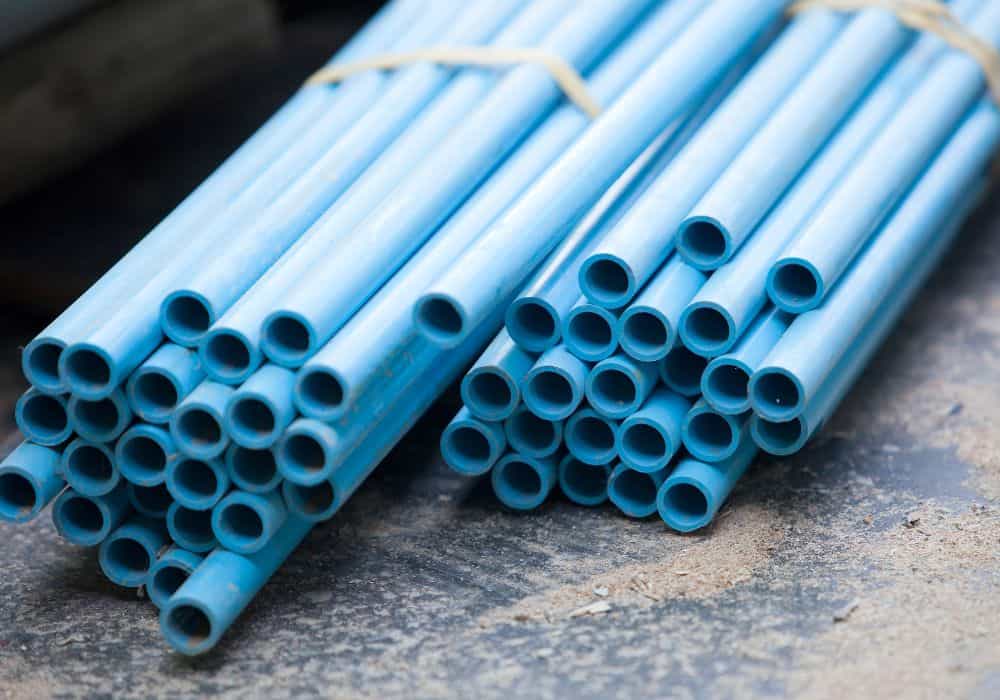
PVC pipe uses man-made polyvinyl chloride to accommodate certain plumbing needs. This material includes stabilizers that prevent oxidation and degradation, making it a reliable choice for many projects.
The United States adopted the piping for sewage, drainage, and water in the 1950s and it’s now the most prominent pipe material for these reasons. PVC pipes use nominal pipe size (NPS) sizing standard, meaning that the size refers to their interior measurements.
PVC remains one of the most suitable pipe materials in existence, and it has a long history of use to back it up. You can identify it by its white or dark gray color, as well as technical specifications printed on the pipe.
CPVC Pipe Basics
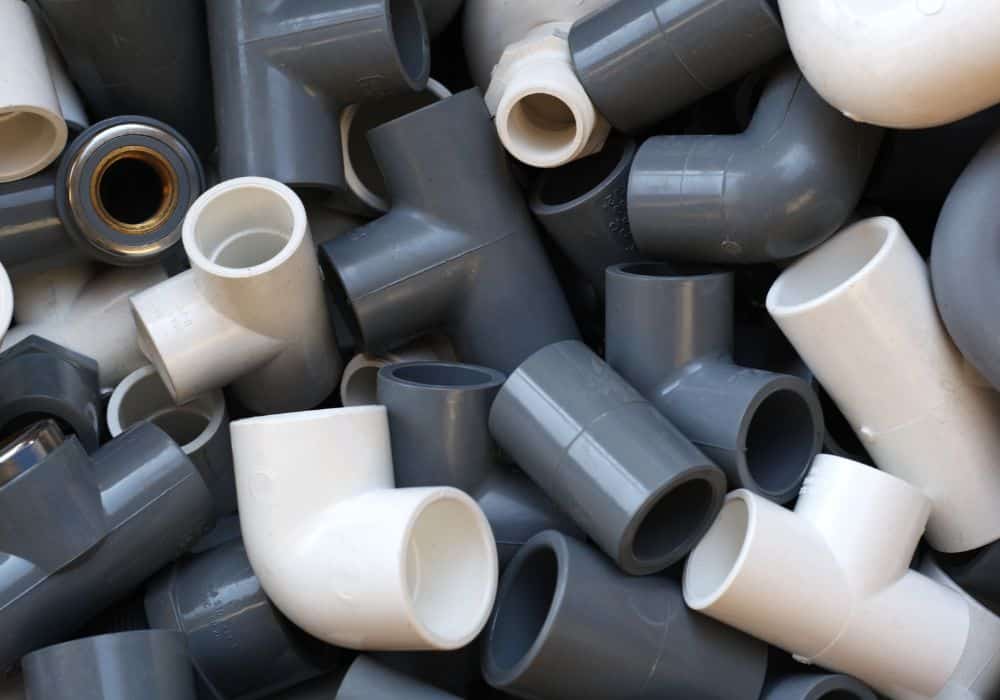
The material used for CPVC pipe is the same as PVC, but altered by a chemical reaction to increase chlorine levels. This adds on to the manufacturing process, but it also makes the pipe more suitable for certain temperatures and chemical transportation.
This process was not patented until 1958, and the material was not field tested until the 1960s. Samples taken from CPVC installation in research houses at the time still held true over 3 decades later.
CPVC pipes also use NPS sizing, but some CPVC pipes use the same standard for copper tube size. Most CPVC pipes are a light yellow or light gray color (depending on its schedule). These colors usually indicate which sizing standard is used, but it’s important to double check.
PVC vs CPVC: What’s the Difference?
The core difference between PVC and CPVC pipes is their composition and how they are made. While they have the same basic structure, the manufacturing process for CPVC increases its chlorine content, hence the name chlorinated polyvinyl chloride.
This may seem like a minor difference, but it affects nearly everything about the pipes, including:
- Chemical resistance
- Lifespan and durability
- The joint systems they use
- Sizing standards
- How water running through is affected
- The acceptable temperature range
- Budget
While you could use them interchangeably in certain situations, it’s best to stick with a single type of pipe for easier installation and problem solving.
1. Composition and Manufacturing
PVC raw material comes from salt and oil. Saltwater is electrolyzed to produce chlorine, which is then mixed with the ethylene from oil to make the vinyl chloride monomer.
Molecules of this material are then polymerized to make the PVC resin before additives customize the compound. To make the pipe shape you must melt down PVC pellets and then extrude them through a die, allowing ample time for cooling before cutting.
CPVC follows this manufacturing process, but it has higher chlorine levels due to a free radical chlorination process. To do this, manufacturers add chlorine to the PVC material then initiate the reaction (usually with ultraviolet light).
This results in 40 percent of bonding sites filled by chlorine atoms in CPVC, whereas PVC only has about 25 percent of bonding sites filled with chlorine atoms.
2. Chemical Resistance
Both PVC and CPVC pipes offer remarkable chemical resistance. Both materials are unlikely to degrade from contact with:
- Acids
- Alkali
- Inorganic chemicals
They also both require UV stabilizers for use above ground, and they’re better suited for unexposed installation.
The additional chlorine in CPVC pipe makes it stronger, and it holds up well against aggressive acids.
On the other hand, PVC may perform better against ammonia and some amines, which are extremely reactive with chlorine. If these materials come into contact with CPVC, they’re likely to kick off a rapid dehydrochlorination of the pipe material.
3. Lifespan and Durability
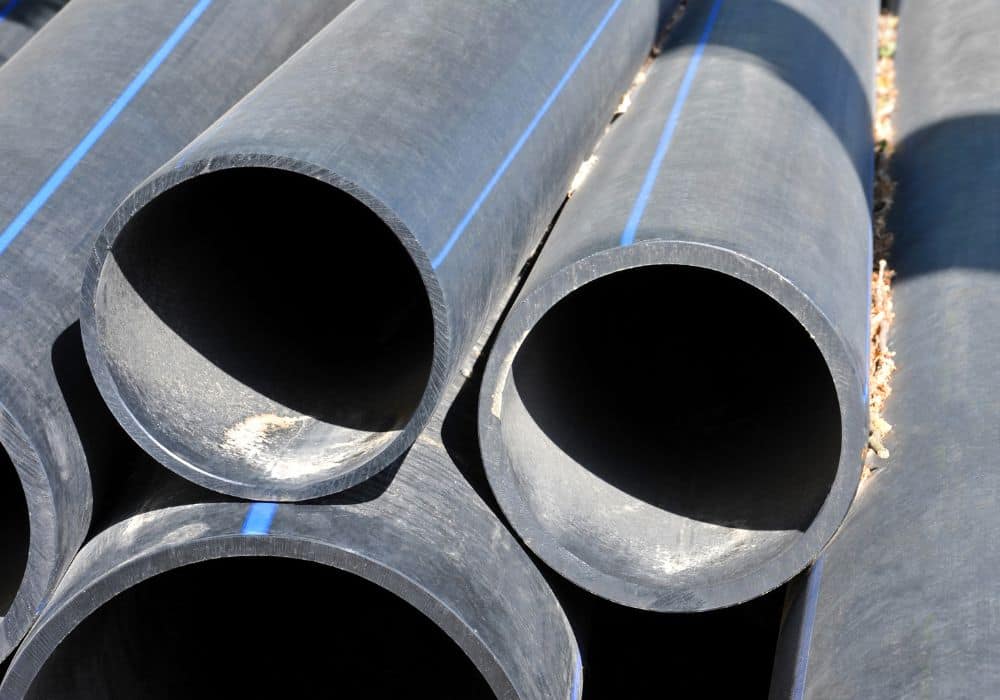
PVC pipe is one of the most popular pipe materials for a reason. When installed correctly and well maintained, PVC pipe is expected to last an average of 100 years. This is yet to be proven true (as PVC pipes were introduced only 60 years ago).
Some factors that accelerate deterioration of PVC pipe include:
- Sun exposure
- Debris and weather damage (i.e. freezing)
- Improper installation or use
While CPVC is known as a stronger material, pipes are only expected to last 50 to 75 years in the right conditions. They suffer from the same concerns as PVC, but their tendency to brittle when compromised poses a greater threat.
Otherwise, both materials are extremely hard and likely to hold up to general use.
4. Joint Systems
PVC and CPVC pipes use different primers, cement, and joint materials due to the difference in their chemical composition. PVC solvents must meet ASTM D2564 specifications, whereas CPVC solvents meet ASTM F493 specifications.
Even with PVC and CPVC pipe of the same size, you cannot mix up joint materials as you see fit. The different compositions and standards do not react in the same way, and doing so results in weak and incomplete connections.
6. Application
Both types of pipe work well for most applications, including:
- Recreation and commercial building use
- Cold water systems
- Vent systems
- Drainage systems
Because of this, you’re more likely to see PVC due to its lower price and easier use.
Pipes must meet NSF standards through third-party testing for proper use in water supply lines. While PVC and CPVC pipes may both meet these standards, most regard CPVC as a safer material that shows greater resistance to chemical leaching.
The main difference in application is the use of CPVC for hot water plumbing. It’s more resilient construction also makes it the better choice for factories where pipes may come into contact with harsher materials.
5. Sizing Standards
PVC pipe uses Nominal Pipe Size (NPS) to label pipe sizes. This number indicates the inner diameter of the pipe, as opposed to outer diameter measurements.
CPVC pipes may use either NPS or Copper Tube Sizing (CTS). CTS refers to the outer diameter of the pipe.
Both pipes offer a standard length of 10 feet, but only PVC pipe offers 20 foot standard lengths.
The color of CPVC pipe usually indicates which sizing system is in use. NPS CPVC (schedule 80) is usually a light gray color, while your light yellow pipes are usually CTS measured pipes.
7. Applicable Temperature Range
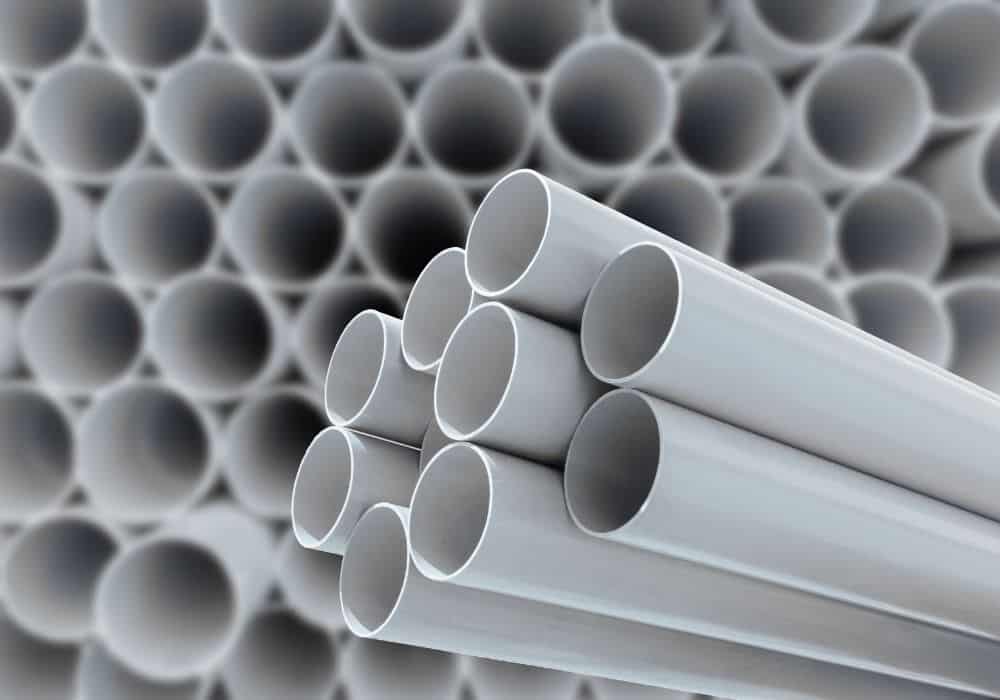
Neither PVC nor CPVC pipes work well in freeze-thaw conditions, and they’re poorly suited to installation where freezing temperatures are expected. Anything under 32° Fahrenheit is likely to cause cracks or bursting pipes.
PVC pipe has a lower heat threshold at 140° Fahrenheit, while CPVC pipe handles temperatures up to 200° Fahrenheit. Because most water heaters push this limit, you’re more likely to see CPVC connections.
8. Budget
Due to its simpler manufacturing process, PVC pipe is cheaper than CPVC pipe of the same size and length. For example, 10 feet of ¾ PVC pipe may run $8, whereas CPVC of similar size costs about $12.
Fittings are likely to follow the same price trend, but joint compounds cost about the same. Because CPVC is more flexible than PVC, you need to supply more support (every three feet), which tags on to your budget.
Both materials are cheaper than other popular piping materials, including copper and iron, and they’re great considerations for budget-friendly repairs and projects.
Can You Use PVC and CPVC Interchangeably?
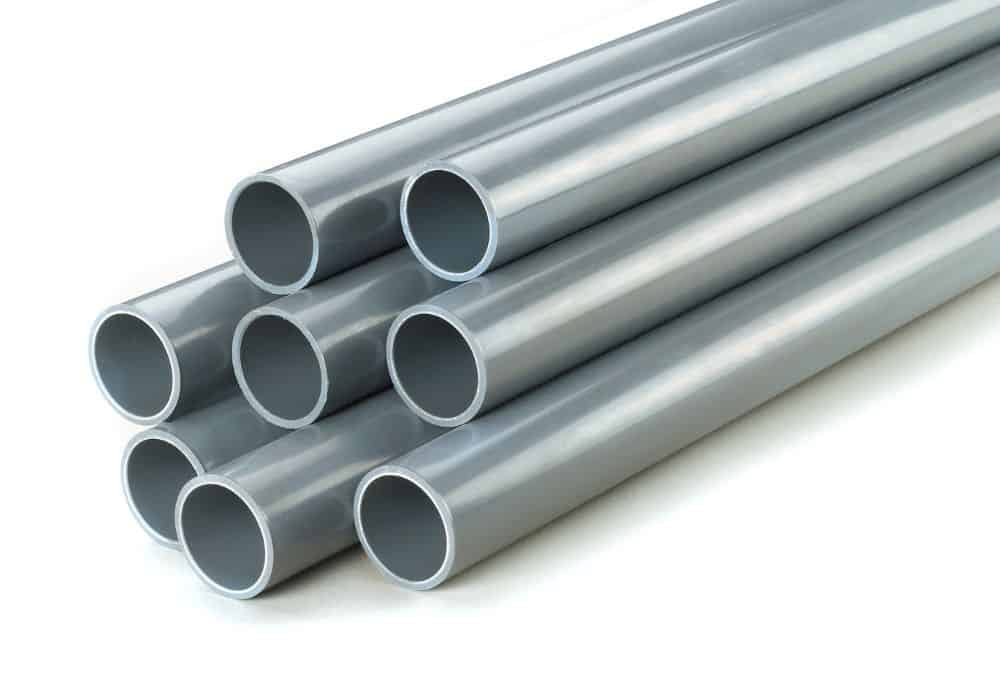
Theoretically, PVC and CPVC pipes and fittings that use NPS sizing will fit together seamlessly, but we recommend against using them together.
The first issue is that the solvent cement for PVC and CPVC meets different standards, and they contain different chemicals designed to soften the pipe surface. By using the opposite solvent, you compromise the integrity of the joint.
This also interferes with the acceptable pressure and temperature ratings of your pipeline. Not only is a mixed system automatically weakened to the lower ratings, but the compromised joints are bound to reduce its potential.
Using the same pipe material and schedules is the safest way to transport material. It also makes it easier to diagnose issues and make repairs in the future.
Conclusion
PVC and CPVC pipes are more similar than they are different. They’re both thermoplastic materials commonly used in plumbing structures like irrigation systems. They’re low cost plastic pipes that are easy to work with.
The difference in acceptable temperature range is the biggest difference between PVC and CPVC. While most other applications are a toss up, anything projects exposed to higher temperatures (such as fire sprinkler systems) are better off with CPVC.
Comment with any questions you have about the difference between PVC and CPVC pipes.
